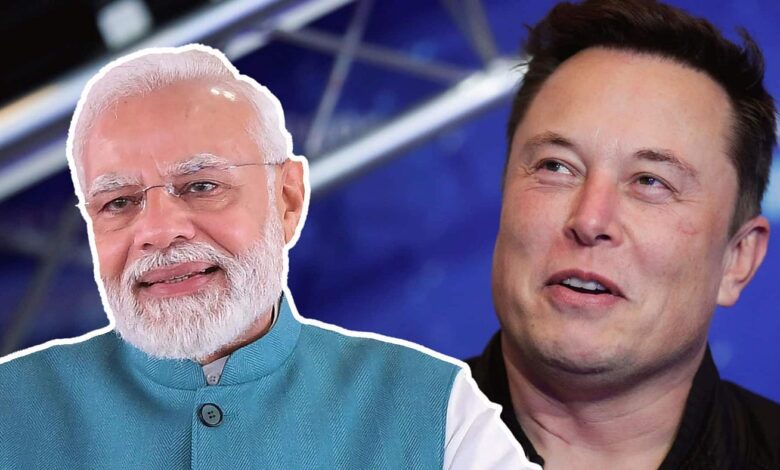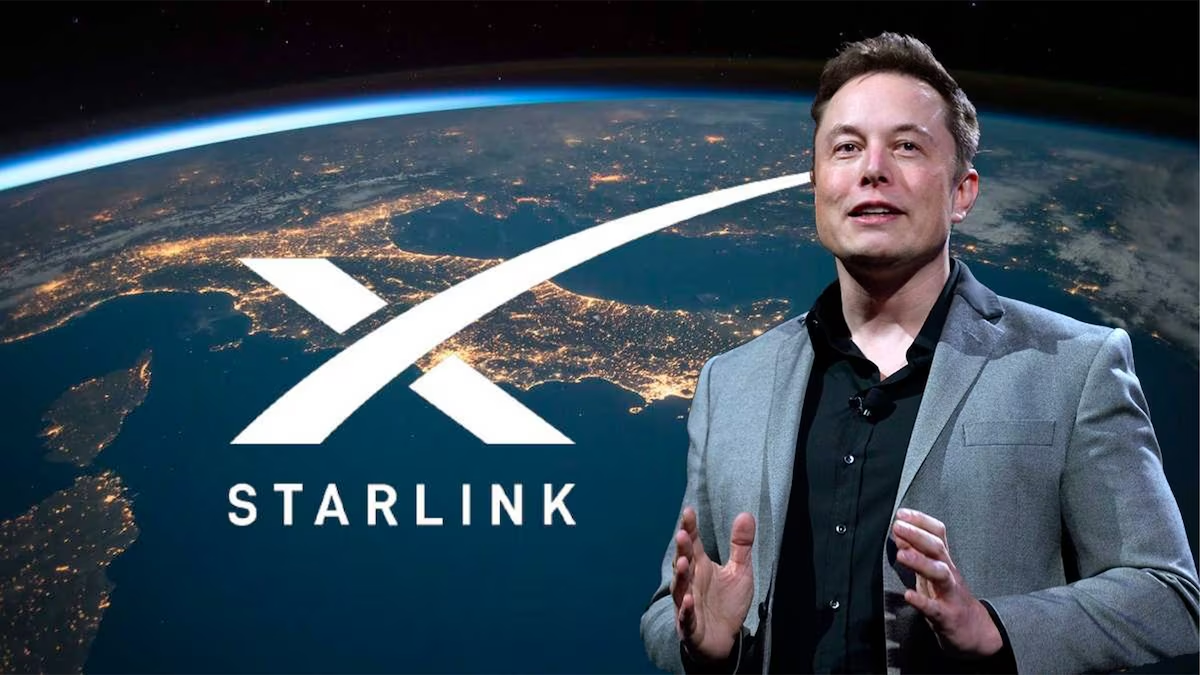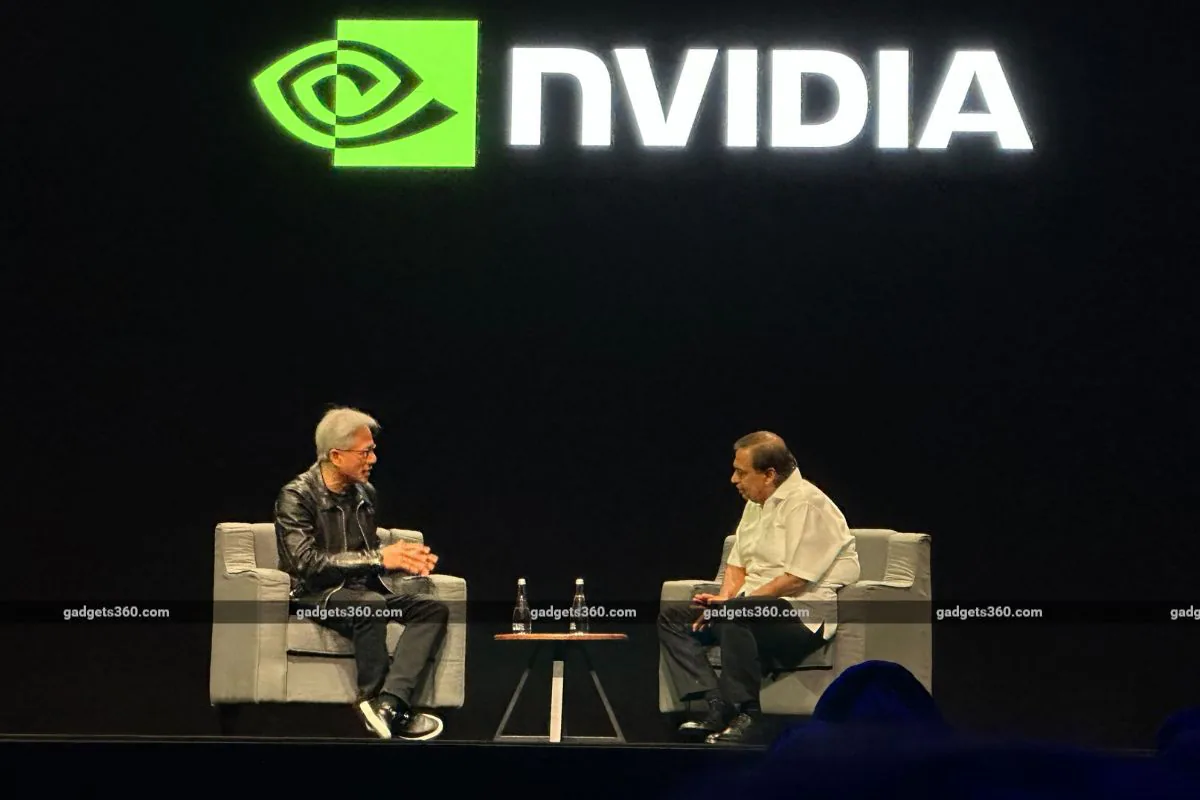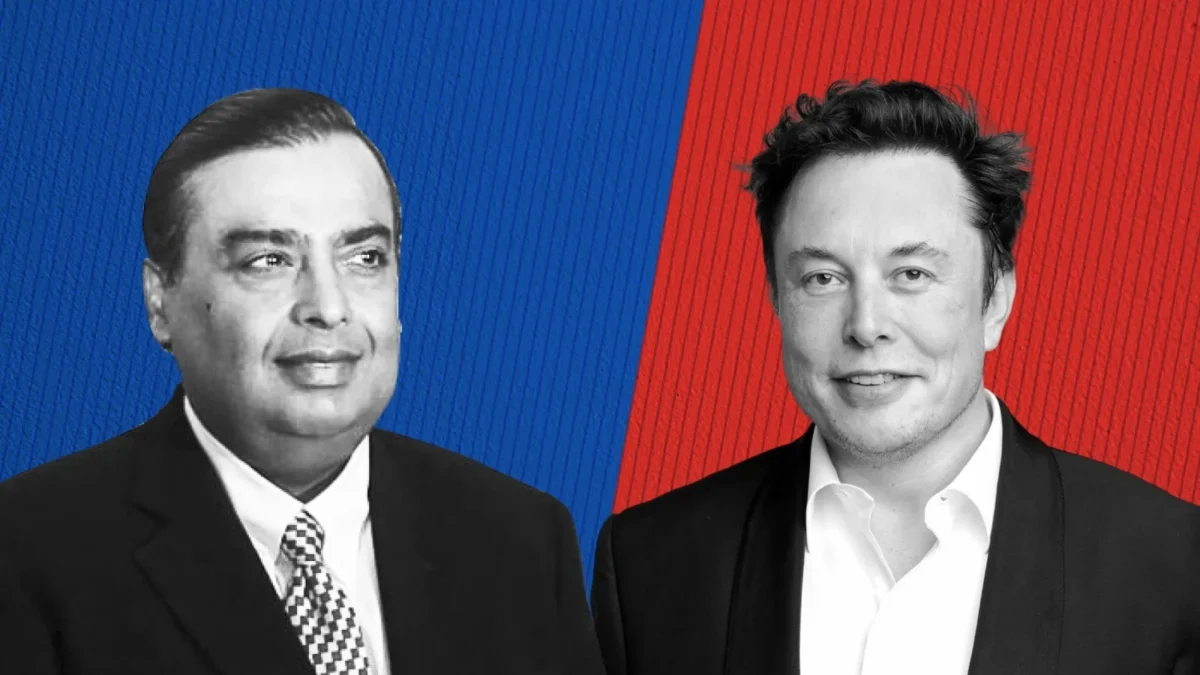Elon Musk Vs Mukesh Ambani : Who Is Government’s Favourite?
Indian Government decided to administratively allocate satellite spectrum to Elon Musk's company Starlink instead of choosing the traditional partner - Ambani.

There’s quite some unrest in India’s telecommunications sector as the Indian government has opted to administratively allocate satellite spectrum. The move comes as a shock as the government has been traditionally noticed to have a pro-Ambani stance. This decision, of choosing the US giant – Starlink by Elon Musk over an auction proposal from Reliance Jio, marks the government’s new approach and the sophisticated realignment of India’s technological and diplomatic priorities amidst the resurgent reshaping of the competitive market of the country’s digital infrastructure. It can be recognised as a turning point in the country’s journey toward digitalization, probably redefining the technological trajectory of this nation for decades to come.
Does the Government’s Choice Make Sense?
The decision of the Indian government of not auctioning satellite spectrum but providing directly is more than an affirmative regulatory policy; it’s a strategic strategy in relation to technological development and international relations of India. Over the years the Indian company Reliance Industries headed by Mukesh Ambani has enjoyed great leverage over the policy implementation process, especially in the telecommunication business. Its historical relationship with different administrations of government led to almost oriented policies favorable to its business. But in this case, the concurrence of the government with the international practices that appear to be choosing what Elon Musk ostensibly has to sell over what Ambani has points toward a paradigm shift in the priorities of Indian government.
Could it be because of the 2024 elections, where the current government in power, whose major Bharatiya Janata Party(BJP) was biting nails as it got quite a tough win?
Telecom Minister of Union Government Jyotiraditya Scindia said that “Satellite spectrum across the world is allocated administratively”. Now the Indian government finally wants to bring India in line with the global compliances. This time, it comes straight into the lap of international compliance requirements for India as it tries to play both sides of the game, trying to hedge its relationship with various international powers. The move seems to be a part of a larger diplomatic ploy perhaps to appease Washington while maintaining distance at other times with regards to other BRICS countries.
This reveals the historical context of the decision. For the last ten years, the facilitation of Reliance Jio’s entry into the Indian telecom market had been helped by favorable regulatory decisions that allowed the company to rapidly gain market share. With aggressive pricing and supportive policy frameworks, India’s telecom saw consolidation as several players either left the market or were merged with stronger boys. So, the current decision is even more significant, as it painta a picture of departure from the established pattern of regulatory cushion for domestic titans.
The decision assumes significance as Indian government’s recent steps in joining BRICS initiatives providing alternatives to US-led financial systems. By going along with Musk’s Starlink, India seems to be walking a fine line-being part of BRICS while, at the same time, throwing an olive branch to American business interests. This diplomatic move is all the more important in view of the global geo-political tensions currently gripping the world and the very ambition of India to become an important player in the emerging multipolar order.
Musk’s Grand Indian Ambition: It’s More Than Just Satellites
 Elon Musk’s interests in India goes beyond mere market entry as this is to establish a significant presence in one of the world’s largest digital markets. With 904 million telecom users and internet penetration at just 52.4% as of early 2024, India presents an enormous growth opportunity for Starlink’s satellite broadband services. The country is geographically diverse and has a very large population, most rural areas still remain unserved, which makes it an ideal testing ground for the global expansion strategies of Starlink.
Elon Musk’s interests in India goes beyond mere market entry as this is to establish a significant presence in one of the world’s largest digital markets. With 904 million telecom users and internet penetration at just 52.4% as of early 2024, India presents an enormous growth opportunity for Starlink’s satellite broadband services. The country is geographically diverse and has a very large population, most rural areas still remain unserved, which makes it an ideal testing ground for the global expansion strategies of Starlink.
As usual, Musk has been boldly frank and straightforward. His public statements like the sharp response to the auction demands from Reliance Jio and his tweet about “asking permission” to compete in Indian soil are proof enough that he understands the market’s worth and wants to enter it on favorable terms. This poses risk as Indians typically don’t like saying much in business environments and this direct style of communicating has indeed struck a chord with both public and policymakers.
Starlink may play a transformational role in India’s digital landscape with 6,400 active satellites it has already put into orbit and an unlimited internet data plan that is scheduled to target corporate clients. The company is well positioned to send waves in the market structure because of its technological advantages: low-latency broadband capabilities and the global satellite network—may offer services unparalleled by present-day terrestrial networks, especially in far-flung and rural areas.
Aggressive pricing of services could potentially disrupt the current telecom ecosystem in India significantly-from the currently priced $10 in Kenya and $120 in the United States. This flexibility on pricing with the technologically capable Starlink could potentially address one of India’s most pressing development challenges: the digital divide separating the urban and the rural.
Second, this may trigger broader changes in the digital infrastructure of our country. Musk, via Starlink aims to provide “direct to cell” services over hundreds of satellites that offer voice and data services; this can potentially bypass traditional terrestrial networks entirely. This technology leap could fundamentally alter the economics of connectivity delivery to remote areas, which may push forward Indian prospects of speedy digital inclusion.
 Ambani’s Counter-Strategy: The AI Blowback
Ambani’s Counter-Strategy: The AI Blowback
Having faced this reverse in the satellite spectrum battle, Mukesh Ambani has shown a rare kind of strategic agility by turning on the tuck and quickly pivoting to gain his stronghold on another critical technological domain – Artificial Intelligence.
The announcement of Reliance partnering with NVIDIA to build cutting-edge AI infrastructure in India represents a very crisp response to the shifting competition which may turn out to be game-changing for the company.
It serves multiple purposes.
Firstly, it has really positioned Reliance at the center of India’s AI revolution and created a new source of competition since its traditional telecom services become more commoditized. The alliance with NVIDIA, which was announced at the NVIDIA AI Summit 2024 in Mumbai, would give Reliance access to some of the most advanced AI technologies and expertise from all over the world. This sets it up to dominate India’s transition into the AI era, just like how it dominated India’s 4G revolution.
The second is the strategic relevance it ensures for Reliance with India’s technological aspirations even as the government opens doors to foreign competitors in the telecom sector. A bet on AI infrastructure puts Reliance in sync with India’s overall technological aspirations and positions it as a critical player in this journey. It should make it better geared to staying influential in policy circles, even as the traditional players in the telecom market have new competitors.
Perhaps the global context of this situation is important as the involvement of an American tech giant with Ambani, then, helps to balance the recent Indian strut towards greater cooperation with Russia and China by the United States and other BRICS nations. This will, in effect, cause a dialogue between the inward Indian technology sector and American innovation, which will ease the diplomatic tensions resulting from India’s rapprochement with the rest of the BRICS nations.
It was shortly after the government’s decision on satellite spectrum allocation that the announcement of this partnership goes to show it was well planned, strategically. It has had Ambani pivot really fast to find new opportunities even as traditional strongholds face increased competition. The emphasis on AI infrastructure can also provide Reliance with new revenue streams and competitive advantages that will cushion the losses they may incur as a loss of business in the telecommunications sector.
The Possible Wars Of Future – Price Wars and Market Disruption
All these bodes well for one of the most epic battles in India’s telecom history – one that would be witnessed, as if by certain inevitability, when Starlink finally entered the fray. For all that, the market is now bracing for a price war that would change the very face of the land. And this competition would soon make its way in affecting India’s digital economy and the future of consumer behavior for the way of telecommunication infrastructure.
 Reliance’s fear of losing broadband customers to Starlink can easily be justified. It has invested $19 billion in auctions for airwaves and will be competing with a player that enjoys the advantage of lower cost infrastructure as well as a proven intent to play aggressively in terms of pricing. The threat is not merely market share, in the short term, for example, but as technology evolves, even the core voice and data services of Reliance would start being threatened by Starlink’s “direct to cell” service.
Reliance’s fear of losing broadband customers to Starlink can easily be justified. It has invested $19 billion in auctions for airwaves and will be competing with a player that enjoys the advantage of lower cost infrastructure as well as a proven intent to play aggressively in terms of pricing. The threat is not merely market share, in the short term, for example, but as technology evolves, even the core voice and data services of Reliance would start being threatened by Starlink’s “direct to cell” service.
However, the battle may not be one-sided as it might appear at first glance. Reliance brings a lot of advantage to this battle, with established market presence, a deep understanding of local market dynamics, and now a strengthening position in AI infrastructure. The company already enjoys 30% of the market share in wired broadband, and it has a history of successful price disruption with, for example, its previous strategy of free data services.
Change in the competitive landscape in many dimensions.
Initially, attention will be given to pricing and service availability, as both entities may offer aggressive introductory rates to capture market share. The competition is likely to shift toward service quality, customer experience, and value-added services as the market matures. It is here that all these investments in AI infrastructure by Reliance are going to play a vital role, and possibly enabling the company to offer services and experiences that satellite-based providers would be unable to match.
This competition can expand even beyond direct players with further results being much wider in implications. The other telecommunications operators in India would have to shift strategies, perhaps encouraging further consolidation or strategic alliances. Starlink’s emergence might even bring to India other international players that possess innovative technologies or business models and that would perform better in a more competitive environment.
The ultimate beneficiary of this technological and business fight could indeed turn out to be India’s consumers, especially villagers in the country’s 25,000 villages that still await to have internet connectivity. As the competitive intensity races to spike and services get improved, India’s digital transformation may speed by leaps and bounds, potentially helping the nation achieve its ambitious goals of digital inclusion while carrying on this delicate balance in international relations.
This developing scenario speaks to more than just a business competition between two of the world’s richest people-it represents a new battleground for India in global technology leadership, where interests in businesses, diplomacy, and technological advancement have been getting entangled in ever more complex ways. Its consequences will decide not only the future of India’s digital infrastructure but also its place in the worldwide digital economy and its ability to balance competitive claims from other countries eager to follow an independent course of technological sovereignty.
What we can take from this is that no matter what happens, the interest of the citizens of the country should be kept above all and while we have been accustomed to politics of favor, it’s time for a change.




